South American Pole
In May 2023 I set off on an expedition to reach the South American Pole of Inaccessibility which lies within the Arenápolis municipality in the Matto Grosso state of western Brazil, a region once renowned for its early diamond findings, now predominantly recognized for its agricultural output of grains and cotton.
The Pole lies in dense jungle but you can get to within about 1.5km of the pole by road through maize fields.

To get there we initially flew to Rio de Janeiro. It’s not the first time I’ve been there, BUT the last time was a little over 40 years ago. Taxi drivers and hotel staff asked me if it had changed much over that time. I had to answer that it probably had, but much of that change has been masked by my change of circumstances. The last time I was in Brazil we stayed in youth hostels costing about 50 cents per night and relied on cheap bus trips or hitch hiking to get around. Whereas this time I flew completely refreshed via business class and stayed in the Copacabana Palace!
Before getting into the meat of the expedition, I took some time to look around Rio, taking in the usual tourist haunts. But to get into the swing of things, we also decided to climb Pedra da Gávea.
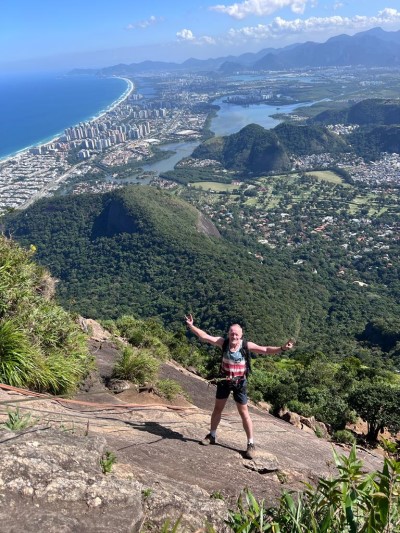
South American Pole Location
The coordinates of the South American Pole are Latitude 14°3'S, Longitude 56°51'W.
Here is a map of its location in Brazil
There were three main challenges to this climb. Firstly, it was more than a hike, but less than climb. So, there was a fair bit of scrambling and only a small amount of rope work. The second challenge was that this takes place in light-jungle and scrub. And the third challenge for us Northern souls was the relative high temperature and saturating humidity.
The day after the scramble, Larry and Adam arrived from the USA, to accompany me on the main expedition to the Pole of Inaccessibility. Larry had previously joined me on the trip to the African Pole. Jake had left Global rescue, so Adam took his place, bringing some extra medical training.
South American Pole Expedition
The main expedition started on 29th May 2023.
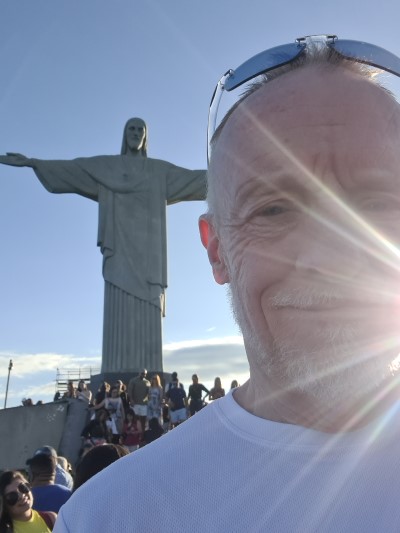
Starting in Rio, we flew via Sao Paulo to Cuiabá in Arenápolis, where we were greeted by our local guides, Manoel and Wolney, who were accompanied by translator Willan Correia.
Progressing in a convoy of two vehicles along the MT-010 and later the 364, we made our way through the Brazilian heartland, pausing briefly in Nobres for snacks before continuing onwards, passing by the historic town of Diamantino.
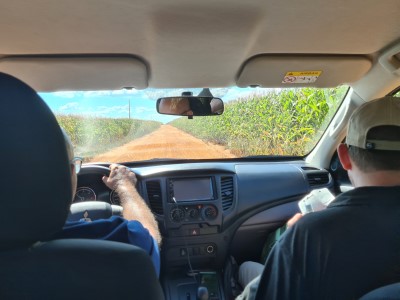
Our target, as previously mentioned, was the South American Pole of Inaccessibility where the distance to the sea in any direction is at least 940 miles:
- Latitude: 14°3’N
- Longitude: 56°51’W
The location is nearly accessible by car along red dirt tracks and through maize fields.
After that it was a case of getting the machetes out and hacking our way through 1.5km of dense jungle. To say this was sweaty work is a complete understatement with temperatures reaching 38 Celsius (100 Fahrenheit) and humidity up around 90%.
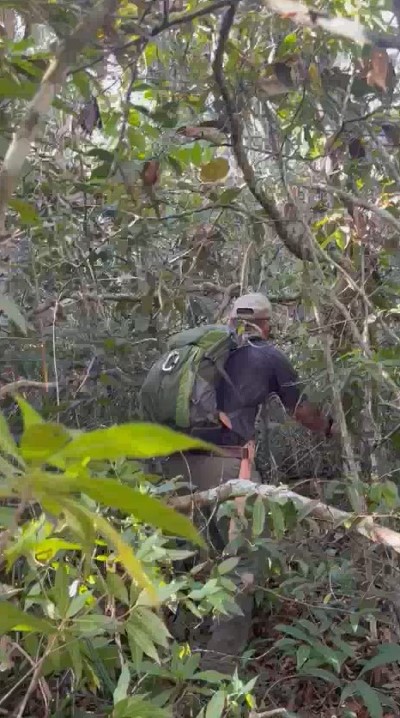
It was also very hard work. Our progress was slow and arduous, hindered by towering anthills, treacherous footings amidst fallen trees, and the ominous presence of Jaguar tracks.
After the first twenty minutes of hacking we checked the GPS and we’d only managed 300 metres! Navigation here was the key. Should we take an easier looking route, or keep going direct towards the pole?
Anyway, to cut a long story short and to remove many an expletive, we arrived at the pole about an hour and a half after leaving the vehicles.
Adam surprised us both by producing a bottle of champagne from his rucksack – that he’d lugged right through the jungle! We had a celebratory drink, congratulated one another and started to pack up for the trek back to the cards. And it was in clearing up that we spotted an old, rusted machete in the ground. This was proof that someone else had already been to the South American Pole of inaccessibility, but it also, in a way, served as further validation that we were in the right place!
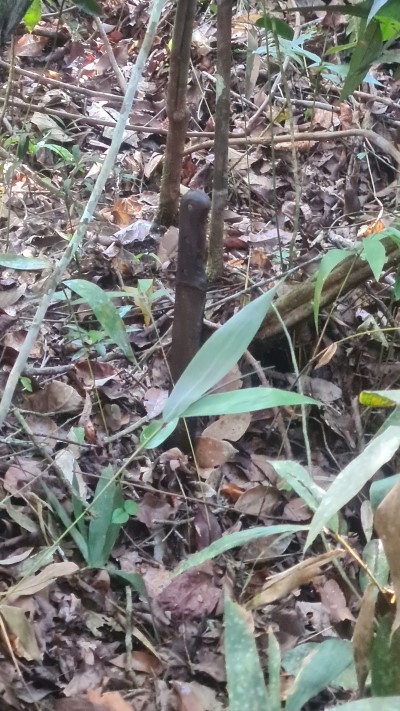
An old machete marks the spot
Retracing our steps through the labyrinthine forest proved equally challenging, with the dense foliage obliterating any semblance of our previous trail. By the time we emerged, we were all soaking, filthy and cut-up.
My Garmin logged a total distance of 3.77 kilometres over a gruelling 2 hours and 54 minutes—a testament to the word “inaccessibility” in the South American Pole of Inaccessibility.
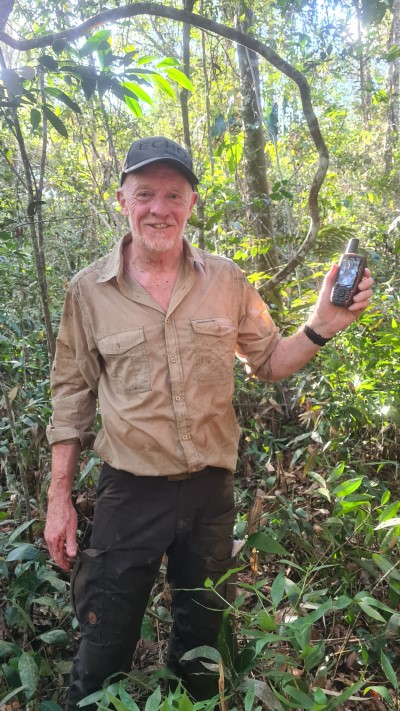
Stood at the South American Pole of Inaccessibility
